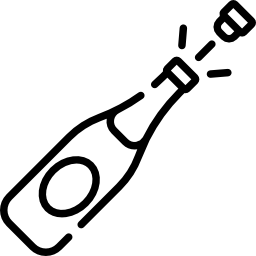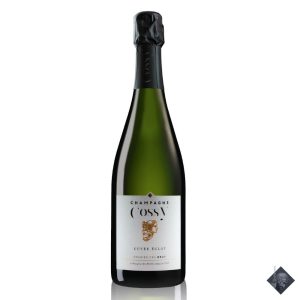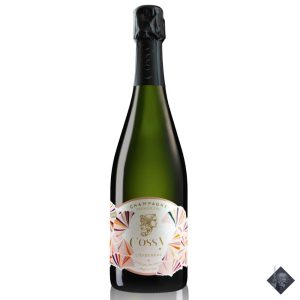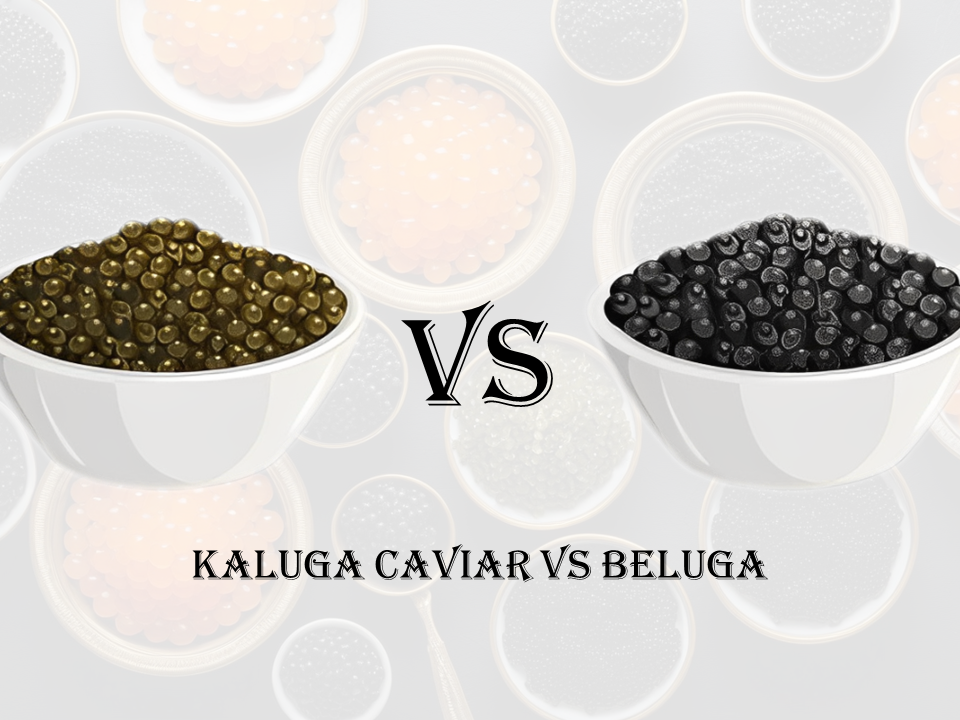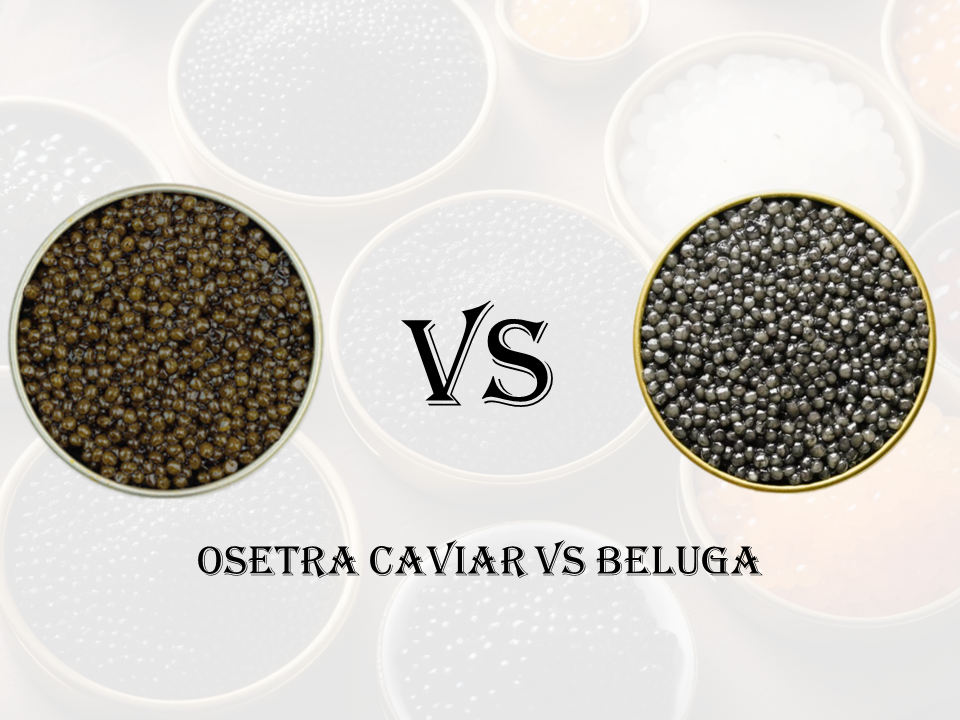Demi-sec VS Brut Champagne

Vintage Champagne vs Non-Vintage
September 3, 2024
Iranian Saffron VS Spanish Saffron
September 8, 2024Demi-sec vs Brut Champagne often comes into play when celebrating life’s big moments—birthday parties, engagements, and other special occasions. Since Champagne isn’t typically used for everyday toasts, we may not be as familiar with it as we are with our regular weekend wines, especially considering its higher price point. Understanding the differences between Demi-sec and Brut Champagne can help you choose the perfect bottle for your next celebration.
The unique terminology of Champagne can make deciding on the right bottle for your event quite challenging. But don’t worry! We’re here to discuss the terms and labels, so you can confidently pick the perfect Champagne for your taste and occasion. Let’s explore the world of fine Champagnes, learn about the differences between Brut and Demi-Sec, and uncover what makes each type special.
Types of Champagne

All around the world, Champagne is often seen as the ultimate symbol of celebration. However, you might be surprised to learn that this sparkling wine comes in a variety of flavors and styles. One key difference lies in its sweetness, also known as residual sugars or dryness. Among the 7 types of Champagne (we’ll cover them soon!), Demi-sec vs Brut Champagne are the most common. The Symphony Wine Series will dive into sugar levels, grape varieties, and ideal food pairings. Whether you’re a novice or an expert, this guide will help you pick the perfect bottle for any occasion.
Demi-sec Champagne
Demi-Sec Champagne is a lovely fizzy drink coming from the Champagne area of France. In French, “Demi-Sec” means “half-dry” which shows its sugar level. A perfect mixture of dryness and sweetness enables you to drink it at any place or time.
Demi-sec Flavor
Demi-Sec Champagne has a sugar content ranging from thirty-two to fifty grams per liter, making it sweet in contrast to other types like Brut or Extra Brut. This adds to its sweetness but does not overload it with that sugar. In moderation, this sweetness brings out the fruity and floral aromas of Champagne which make it more aromatic and heavily-scented to sparkling wine lovers who prefer their bubbly drinks just a little bit sweet.
Demi-sec Pairings
Even though “Demi-Sec” means “half-dry,” these Champagnes are sweeter. They go great with desserts, rich savory dishes like foie gras, and various cheeses. Demi-Sec Champagne is flexible enough to complement bolder flavors, making it an interesting choice for non-sweet or less rich dishes. For a unique twist, try pairing Demi-Sec with spicier foods—its sweetness can create an intriguing contrast and enhance the overall flavor experience.
Brut Champagne

Brut Champagne is a classic favorite for many and is the most popular style. It typically has a sweetness level of about 7–12 grams/liter, making it dry yet slightly sweet. This versatility makes it an interesting option for many tastes and occasions, as it appeals to most palates.
Lediamont Brut collection
Ready to pop open some amazing Brut Champagne? Here’s the list of Lediamont’s top picks from Cossy Champagnes, each one showcasing the crisp, refreshing essence that makes Brut Champagne a timeless favorite.
Brut Flavor
Brut Champagne, with its moderate sugar content, is notably dry with only an artful hint of sweetness. Like all Champagne, it is a light-bodied, highly acidic white wine. While Brut Champagne may exhibit delicate notes of floral, fruity, or almond flavors, these are less pronounced compared to sweeter varieties due to their drier profile.
Brut pairings
Brut Champagne’s high acidity and dryness make it an excellent choice for pairing with rich and fatty dishes, such as buttery seafood like lobster, cheesy meals, pasta, or risotto. Its versatility also extends to cocktails and punches, where it adds a sparkling touch. Explore our full range of Champagne drinks to find the perfect option for any event.
Differences between champagne demi-sec vs brut
The key difference in Demi-sec vs Brut Champagne lies in their sweetness levels. Demi-sec Champagne contains 32 to 50 grams of sugar per liter, giving it a noticeably sweeter taste. In contrast, Brut Champagne has only 6 to 12 grams of sugar per liter, making it much drier. Both are crafted using similar winemaking processes, from grape fermentation to aging, but the sweetness sets them apart. Even with the same dosage of 18 grams of sugar per liter, the distinct aromas and flavors of Demi-sec and Brut can vary significantly.
For example, both the classic and Reserve editions of Bérat Schenk Champagne may contain 18 grams of sugar per liter; however, their flavors differ due to the grape varieties and unique production techniques used.
The sweetness level is what sets Demi-Sec apart from Brut Champagne. However, the cuvée and production methods also play a role in shaping the distinct aromas and flavors of each type of Champagne.
Demi-sec VS Brut Champagne; Which One is Better?
Choosing between Demi-sec vs Brut Champagne depends on your personal taste and the occasion. Brut Champagne pairs wonderfully with rich, fatty dishes like buttery seafood, such as lobster and crab, creamy pastas, or cheese platters. Its crisp, dry profile balances out the richness of these foods, enhancing your dining experience. On the other hand, Demi-sec, with its sweeter notes, is ideal for complementing desserts or fruit-based dishes.
Demi-Sec Champagne pairs perfectly with desserts. The sweetness of the Champagne complements cakes, pastries, and fruit-based desserts without being overly sweet. Just picture enjoying a slice of creamy cheesecake or a piece of fruit tart with a glass of Demi-Sec Champagne.
Conclusion
With this understanding of Demi-sec vs Brut Champagne, you’re now ready to select the perfect bottle for your next celebration. Whether you prefer the bone-dry, zesty profile of Brut or the sweet, fruity notes of Demi-sec, there’s something to suit every palate. Don’t forget to consider the suggested food pairings to fully appreciate the flavors of each style. Cheers!




